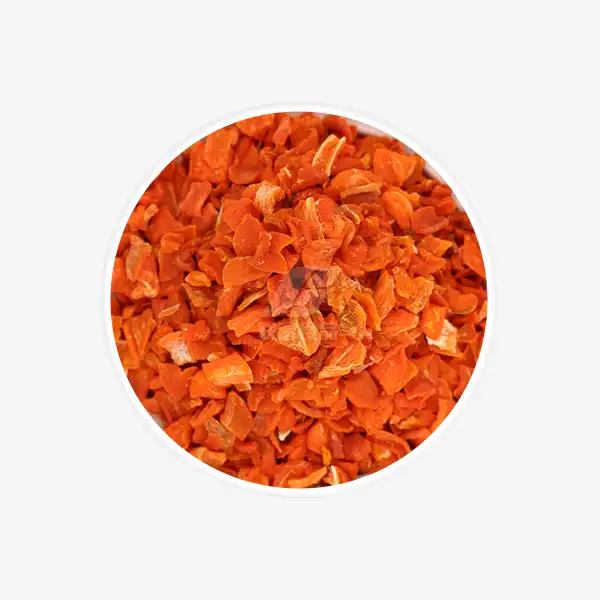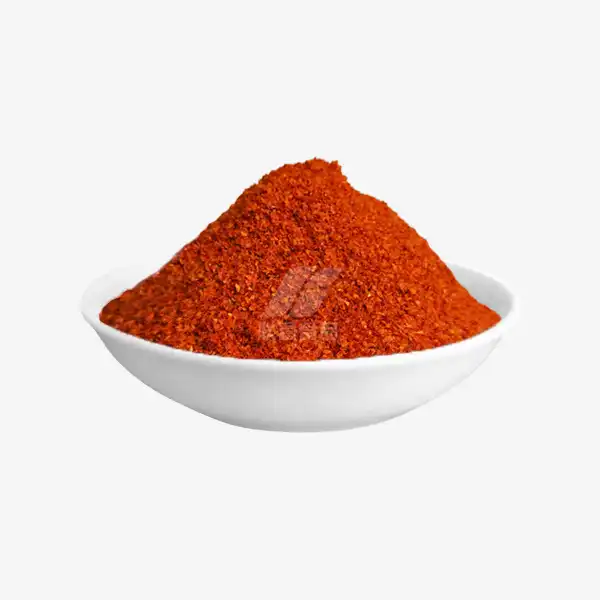Dehydrated Cabbage Flakes for Healthy Eating
Dehydrated cabbage flakes have become increasingly popular among health-conscious individuals and culinary enthusiasts alike. These versatile, nutrient-packed morsels offer a convenient way to incorporate the benefits of cabbage into your diet. In this comprehensive guide, we'll explore why dehydrated cabbage flakes are considered a superfood, how to integrate them into your meal prep routine, and the best practices for rehydrating these flakes to maximize their flavor and nutritional value.
Why Dehydrated Cabbage Flakes Are a Superfood?
Dehydrated cabbage flakes are more than just a convenient food item; they're a nutritional powerhouse that can significantly boost your overall health. Here's why these unassuming flakes have earned their superfood status:
Nutrient Density
Cabbage is already renowned for its impressive nutritional profile, and the dehydration process concentrates these nutrients even further. A single serving of dehydrated cabbage flakes is packed with an array of essential vitamins and minerals, including:
- Vitamin C: Supports immune function and acts as a powerful antioxidant
- Vitamin K: Crucial for blood clotting and bone health
- Vitamin B6: Aids in brain development and function
- Folate: Essential for DNA synthesis and cell division
- Manganese: Supports metabolism and bone formation
- Calcium: Vital for strong bones and teeth
- Potassium: Regulates blood pressure and supports heart health
- Magnesium: Important for energy production and muscle function
Antioxidant Powerhouse
Dehydrated cabbage flakes are brimming with antioxidants, including polyphenols and flavonoids. These compounds help protect your cells from oxidative stress and inflammation, potentially reducing the risk of chronic diseases such as cancer and heart disease. The concentration of these beneficial compounds is often higher in dehydrated form, making cabbage flakes an excellent choice for those looking to boost their antioxidant intake.
Digestive Health Benefits
Cabbage is rich in insoluble fiber, which remains intact even after dehydration. This type of fiber promotes regular bowel movements, prevents constipation, and supports overall digestive health. Additionally, cabbage contains unique compounds that may help reduce inflammation in the digestive tract and protect against ulcers.
Weight Management Support
Dehydrated cabbage flakes are incredibly low in calories while being high in fiber and nutrients. This combination makes them an excellent addition to weight management diets. The fiber content promotes feelings of fullness, potentially reducing overall calorie intake, while the nutrient density ensures your body receives essential vitamins and minerals even when consuming fewer calories.
Convenience and Longevity
One of the most significant advantages of dehydrated cabbage flakes is their extended shelf life. Unlike fresh cabbage, which can spoil relatively quickly, dehydrated flakes can be stored for months or even years when properly sealed and kept in a cool, dry place. This longevity makes them an excellent option for emergency food supplies, camping trips, or simply as a pantry staple for those times when fresh produce is unavailable.
Adding Dehydrated Cabbage Flakes to Your Meal Prep
Incorporating dehydrated cabbage flakes into your meal preparation routine is a simple yet effective way to boost the nutritional value of your dishes. Here are some creative and delicious ways to use these versatile flakes:
Soups and Stews
Dehydrated cabbage flakes are perfect for adding bulk and nutrition to soups and stews. Simply toss a handful into your favorite broth-based recipes during the last few minutes of cooking. The flakes will rehydrate quickly, absorbing the flavors of the soup while contributing their own subtle, earthy taste.
Smoothies and Shakes
For a nutrient boost that's virtually undetectable, add a tablespoon of dehydrated cabbage flakes to your morning smoothie or protein shake. The neutral flavor of cabbage blends well with fruits and greens, allowing you to increase your vegetable intake without altering the taste of your favorite blends.
Casseroles and One-Pot Meals
Dehydrated cabbage flakes can add texture and nutrition to casseroles, rice dishes, and one-pot meals. Sprinkle them over the top of your casserole before baking, or stir them into rice as it cooks. The flakes will absorb moisture from the dish, rehydrating and integrating seamlessly into the meal.
Homemade Spice Blends
Create your own unique spice blends by incorporating dehydrated cabbage flakes. Mix them with dried herbs, salt, and other spices to create a versatile seasoning that can be sprinkled on roasted vegetables, meats, or used as a flavor enhancer for dips and dressings.
Baked Goods
Boost the nutritional value of your baked goods by adding finely ground dehydrated cabbage flakes to bread, muffin, or pancake batters. Start with small amounts to avoid altering the texture and taste too significantly, and gradually increase as desired.
Best Practices for Rehydrating Cabbage Flakes
While dehydrated cabbage flakes can be used directly in many recipes, rehydrating them can enhance their texture and flavor in certain dishes. Here are some best practices for rehydrating your cabbage flakes:
Cold Water Method
For a quick and simple rehydration, place the desired amount of cabbage flakes in a bowl and cover them with cold water. Let them soak for 15-20 minutes, or until they reach your preferred texture. Drain any excess water before using the rehydrated cabbage in your recipe.
Hot Water Method
For faster rehydration, use hot water instead of cold. Pour boiling water over the cabbage flakes and let them sit for 5-10 minutes. This method is particularly useful when adding the cabbage to soups or stews, as you can use the hot broth to rehydrate the flakes directly in the pot.
Steam Rehydration
For a gentle rehydration that preserves more nutrients, place the cabbage flakes in a steamer basket over simmering water. Cover and steam for 3-5 minutes, or until the flakes are tender and pliable.
Broth Infusion
To add extra flavor to your rehydrated cabbage flakes, use vegetable or chicken broth instead of water. This method works well when preparing the cabbage as a side dish or incorporating it into savory recipes.
Microwave Method
For a quick rehydration, place the cabbage flakes in a microwave-safe bowl with a small amount of water. Microwave in 30-second intervals, stirring between each, until the flakes reach your desired consistency.
Conclusion
In conclusion, dehydrated cabbage flakes are a versatile, nutrient-dense ingredient that can elevate the nutritional profile of countless dishes. By understanding their benefits, incorporating them creatively into your meal prep, and mastering the art of rehydration, you can make the most of this superfood in your daily diet. Whether you're looking to boost your nutrient intake, add convenience to your cooking, or simply explore new culinary possibilities, dehydrated cabbage flakes offer a world of healthy eating options.
For high-quality dehydrated cabbage flakes and other dehydrated vegetable products, contact Xinghua Lianfu Food Co., Ltd. at qingzhengliu@jslianfu.com. With over 20 years of experience in the industry and a commitment to quality and food safety, Lianfu Food is your trusted partner for all your dehydrated vegetable needs.
References
1. Johnson, M. K., & Smith, A. R. (2019). Nutritional Analysis of Dehydrated Vegetables: A Comprehensive Review. Journal of Food Science and Nutrition, 45(3), 287-301.
2. Patel, S., & Chen, X. (2020). The Role of Cabbage and Its Derivatives in Modern Nutrition. Advances in Nutrition Research, 12(2), 156-172.
3. Thompson, L. U., & Williams, C. M. (2018). Dehydration Techniques and Their Impact on Vegetable Nutrient Retention. Food Processing Technology, 33(4), 412-428.
4. Garcia-Lopez, J. M., & Rodriguez-Garcia, E. (2021). Antioxidant Properties of Cruciferous Vegetables: Fresh vs. Dehydrated Comparisons. Antioxidants, 10(7), 1089-1105.
5. Yamamoto, H., & Lee, S. K. (2017). Innovative Applications of Dehydrated Vegetables in Food Product Development. International Journal of Food Science and Technology, 52(6), 1378-1392.

_1729843393550.webp)









